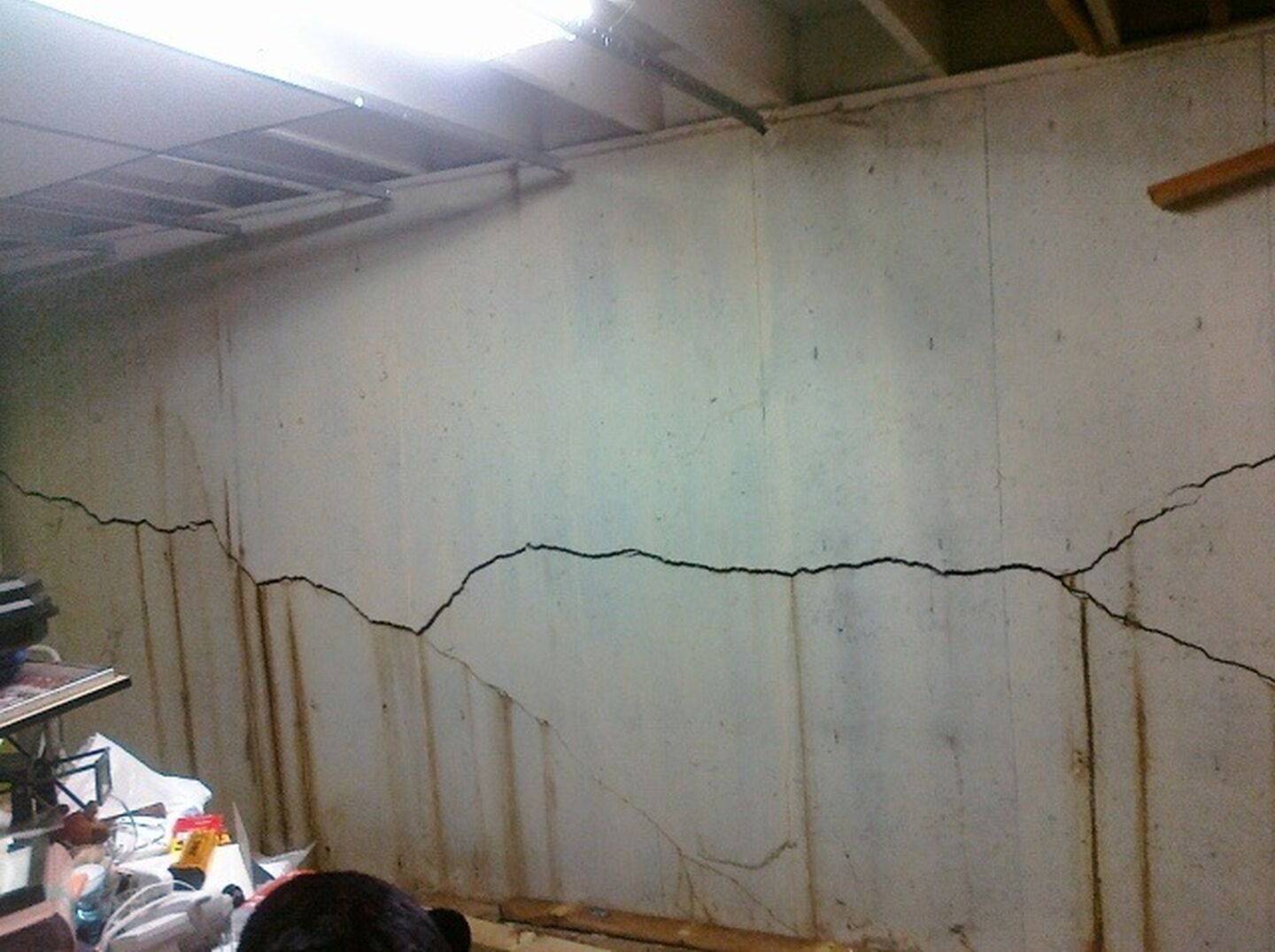Two Reasons You Should Make Structural Foundation Repairs Quickly

OK, we’re human. Whenever we can put things off, we do. If the car mechanic says some work can wait, most of us let it wait. We put off replacing the roof “just until next year.”
The reasons? Sometimes it’s the cost, sometimes the hassle, sometimes it’s just human nature. It’s probably always been that way – I picture a caveman telling his wife that he’ll finish those cave paintings “right after I finish inventing fire.”
However, there are certain things you just can’t put off and one of them is repairing structural damage to your home’s foundation.
Why Foundation Repairs Should Be your First Priority
If you have structural foundation damage, the future of your home depends on it being repaired properly, permanently – and quickly.
The Damage Only Gets Worse – It’s rare that structural foundation damage occurs as a single event, short of an earthquake. Typically, foundation damage occurs gradually and may escape notice until it is bad enough to become visible as a jammed door or a cracks in the wall.
If the foundation damage is caused by lateral pressure from expanding soil around the foundation walls, the walls begin to move inward. If your foundation is poured concrete, the first signs are likely to be angle cracks in the corners and a vertical crack down the center of the affected wall. If you ignore these cracks, the pressure will continue and the cracks will spread wider, likely adding seepage problems to the foundation damage.
If your foundation is concrete block or other masonry, you’ll see bowing or bulging in the center of the wall, along with cracks in the mortar joints. Left unrepaired, the blocks (or stones or bricks) will begin to move independently of one another, leaving the wall vulnerable to collapse.
In either case, if the movement continues, the top of the wall will tip inward. In severe cases, the foundation wall actually separates from the framing of the house that then goes unsupported.
The Cost Only Goes Up – The ad slogan, “Pay me now or pay me later” is very true of structural foundation repair. For example, for the type of foundation damage I just described, there are two methods of repair: carbon fiber and steel.
Carbon fiber repair is the most current technology. It uses strips of incredibly strong carbon fibers, woven in either one or two directions, to stabilize walls and prevent further movement. It can be applied fairly quickly because the installation process consists of grinding the wall flat where the strip is to be installed and then using an industrial epoxy to bond it permanently to the wall. A piece of steel is added to the top to prevent inward tipping of the wall.
Steel repair consists of installing two pieces of steel sandwiched around a piece of structural lumber. The lumber is cut to fit the angle of the wall, and then the steel is fastened below the basement floor to the foundation footings and at the top to the floor joists with a tensioning device.
Both repair methods work equally well in permanently stabilizing the wall. However, carbon fiber can only be used to repair walls that have deflected, or moved, two inches or less. After that, steel is required.
The difference? Carbon fiber repairs can be nearly invisible. They create only a slight bump in the wall, can be painted and regular stud walls can be built right over them when finishing the basement. Steel, on the other hand, will protrude at least several inches from the wall and is very visible, often creating a warning sign for potential homebuyers.
And, using steel will cost considerably more than carbon fiber and requires a more disruptive installation process.
So, if you repair the structural damage to your walls sooner, before wall movement exceeds two inches, you’ll get a less costly, easier and far less visible permanent repair than if you wait until you no longer have a choice. Makes sense, doesn’t it?
By the way, there are good reasons not to put off the other type of structural foundation damage, that caused by a sinking foundation. We’ll talk about that in another article shortly.
At U.S. Waterproofing, our foundation repair experts are trained to recommend the best and most-effective means of repair for foundation wall damage, whether it be carbon fiber or steel. If you’ve noticed cracks or other signs of damage, why not ask for a free consultation?




